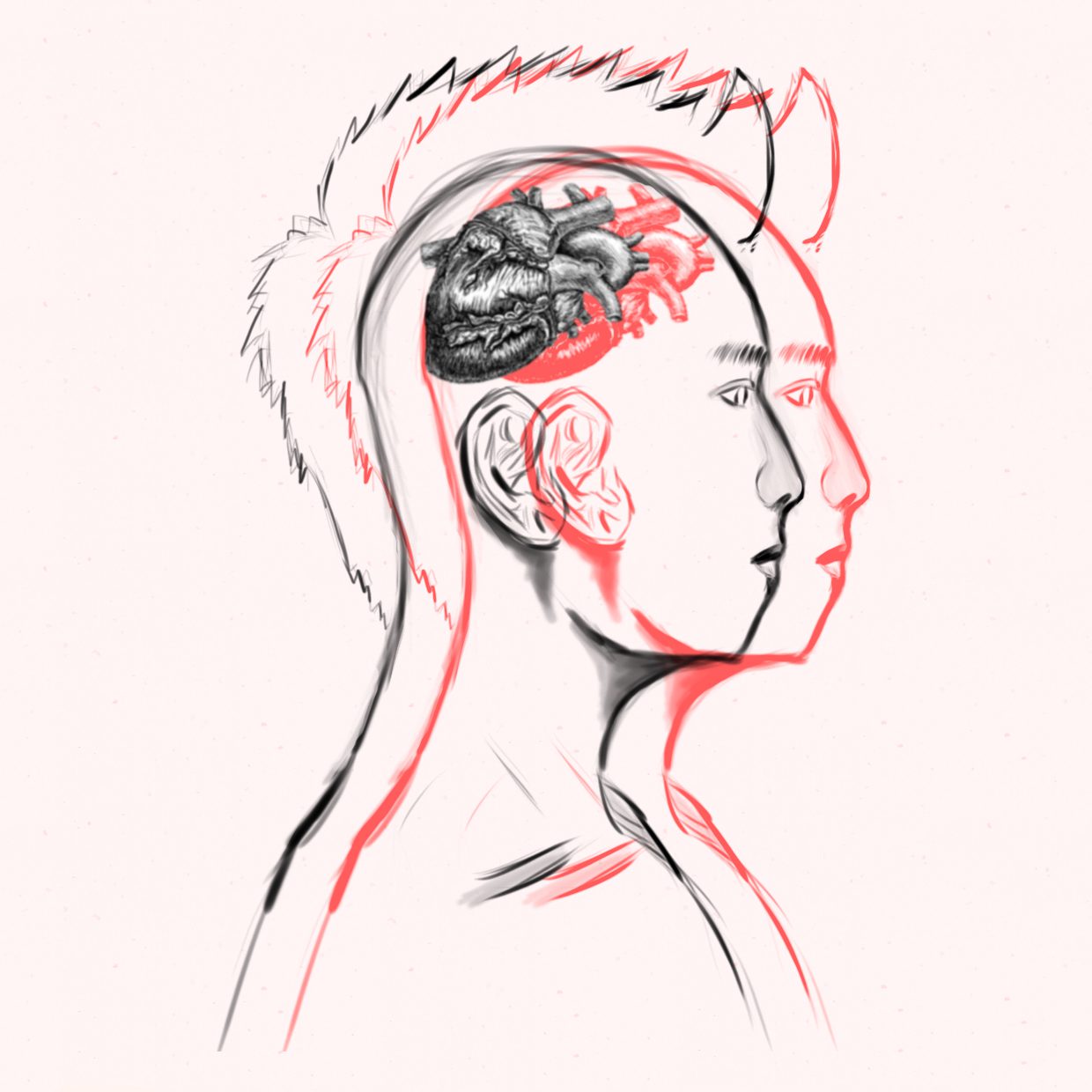

Untitled
Donald Judd
1969 – 1971
Aluminium and transparent synthetic polymer resin
Felton Bequest, 1974
Collection of National Gallery of Victoria, Melbourne
This was one of the longest pieces I’ve experienced in the whole show. There’s something about it that draws me to it. It’s endless void? It’s structureless configuration? The fact that it’s not another painting, nor does it seem very much like a traditional sculpture either. I found myself staring deeply into the inner surfaces of Untitled, mesmerised by how deep the reflections ran and the angle of which the edges seem like they run off into the infinities.
I was curious, have always been about mirrors, and I guess this was eye boggling enough for me to choose it to review. Upon research, I found more about Donald Judd, a philosophy and art history major that became an art critic turn artist, who was looking everywhere for his own unique spin on what art is to him. As most young artists in the 60s, Judd was mostly started with abstracted paintings. Even from his early works, it was clear Judd was unhappy with his medium. Creating depth in his paintings to break away from the traditional two dimensional surface. This two dimensionality led him to produce works specifically on walls and finally three dimensional structural art forms.
Judd coins the term Specific Objects that celebrates the unconventional, specifically the unconventional aesthetics and methodology that is common within paintings and sculpture during the 60s. By using industrial materials,
Judd removed he artist’s studio any hands-on art making…
This was an important step to pushing the conceptual artist movement. Judd would put up multiple exhibitions by MoMA and Whitney of his Specific Objects work and would eventually settle down in New York and Texas, where he built homes specifically with his permanent Specific Objects in mind.
In many of Judd’s works, he emphasises a lot on Space and how the Space in between is as important and is part of the artwork itself. This is an interesting concept that I’ve yet to hear of. Artists and painters spend years perfecting the use of negative space whilst Judd is applying this concept on three dimensional sculptures.
His concept of space when applied to this piece speaks volume of his methodologies. Thoughtful consideration has been put into the material and concept of Untitled. I can only assume the meaning of this piece stems from the reflection of reality, 2 sided, similar to the inner and outer sides of the structure and its materiality. The duality between the material itself and the anti-material, the space, would be part of this 2 sided concept. However, as per Judd’s artistic statement, it is clear that the space and material are one, the art work, and thus the 2 sides of a flipped reflection exists both together and not together at the same time.
To be featured prominently near the front of the exhibition, it is quite surprising most people would glance over this monolith. From my own perspective, Judd’s approach to art is neither binary nor non-binary, for it is the in between and nothings between these two terms.

